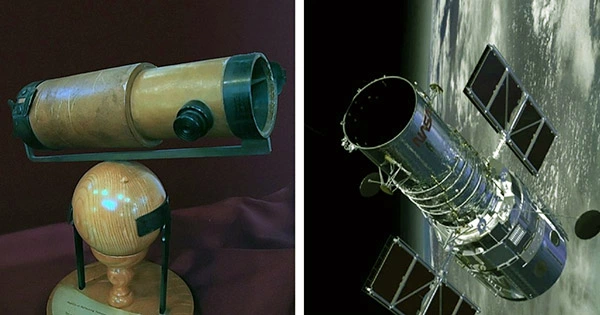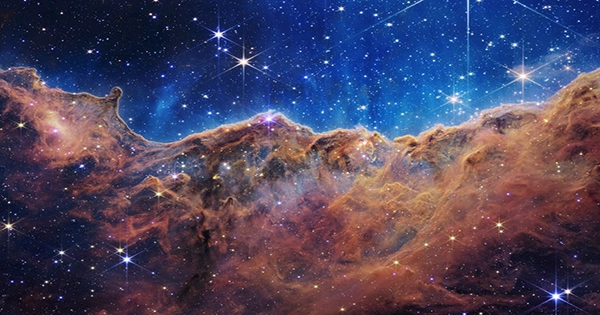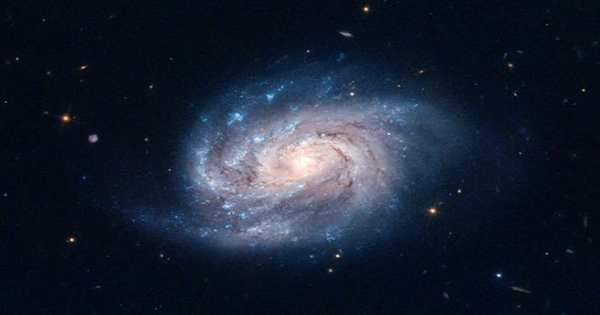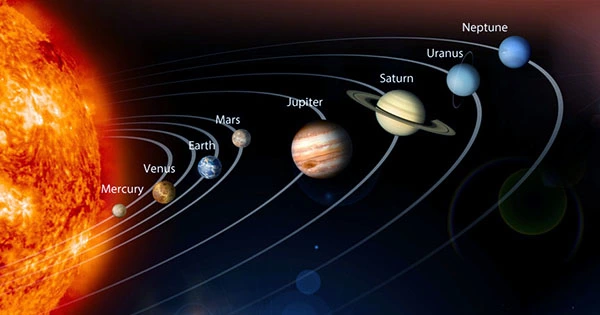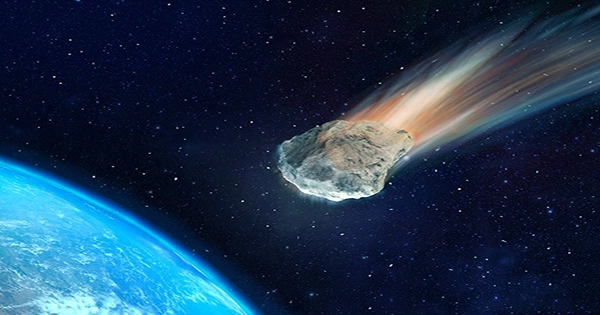The invention of the telescope revolutionized our understanding of the Universe. Since the invention of the instrument over 400 years ago, our understanding of the universe and the objects in it has undergone multiple revolutions.
The history of the telescope reveals a great deal about the evolution of astronomy and science in general over the last few centuries. The telescope has been critical to many important scientific discoveries, from determining the age of the Universe to comprehending the electromagnetic spectrum.
Early beginnings: Historians have been unable to determine exactly when the telescope originally appeared. The Dutch Hans Lippershey’s telescope, invented in 1608, is the earliest known example. Lippershey was an eyeglass manufacturer, and his invention used refraction to make faraway objects appear closer.
When a light beam goes from one medium to another, it is refracted. As you can see when you put a straw in a glass of water and it appears to be broken, light bends as it travels through a new medium (in this case, from air to water).
With the use of a convex objective lens and a concave eyepiece, Lippershey’s refracting telescope diverted light and magnified things. His creation gained widespread acclaim in Europe, and the following year, astronomer Galileo improved the design. The Kepler’s laws creator Johannes Kepler discovered an even better technique in 1611 that employed convex lenses for both the objective and the eyepiece. Up until the middle of the nineteenth century, reflecting telescopes were the preferred kind of telescope.
Galileo’s telescope: Galileo was the first astronomer to use a telescope to magnify objects in the night sky on a regular basis. His telescope was no better than the cheapest telescopes available today. Using his telescope, he was able to locate substantial confirmation of heliocentrism.
For 1000 years, religion and science were dominated by Aristotle’s concept of a stationary Earth at the center of the Universe, with other planets surrounding it. Copernicus was the first scientist to propose that the Earth, like Venus and Mars, could be another planet orbiting the Sun.
When Galileo pointed his telescope at the night sky in 1610 and saw that Jupiter had four moons orbiting it, he discovered the first evidence in favor of Copernicus’ theory. This would not be conceivable if everything revolved around the Earth.
When he learned about Venus’s phases, he uncovered additional proof. In a geocentric system, Venus would have phases, but they would only extend up to a half-Venus. Galileo observed a fully-filled Venus, which demonstrated that the planet must orbit the Sun. Only if Venus were on the other side of the Sun from the Earth would a complete Venus be feasible.
The Newtonian telescope: White light, as discovered by Isaac Newton, is a blend of all hues. When Newton passed white light through a prism, he discovered that the prism scattered the light into a spectrum of colors. The issue with refracting telescopes is that the colors of light are equally distorted when they pass through the glass, akin to a straw in a glass of water.
After experimenting with mirrors in the late 1660s, Newton constructed the first reflecting telescope, or Newtonian telescope, to overcome this distortion. His idea used a concave mirror as the target, as well as a diagonal mirror.
Because mirrors, unlike glass, block light, they were used to solve refraction problems. It deflects, and this was a brilliant design choice for telescopes.
With his telescope, Newton did not make any original discoveries, but it did support Copernicus’ and Galileo’s theories. Newton, like Galileo, was able to view Venus’s phases and moons orbiting Jupiter. Many decades later, it is still contributing to the advancement of astronomy. Reflecting telescope observations continue to form the basis of the majority of astronomical observations.
Modern-day telescopes: Since the first telescopes were invented several centuries ago, the equipment has grown in size and precision, eventually being assisted by computers. Today, large-scale astronomical observatories may be found all around the world.
There are also numerous observatories in space. These are capable of seeing sections of the electromagnetic spectrum that do not pass through the Earth’s atmosphere, such as x-rays and gamma rays.
The Hubble and James Webb telescopes are the most ambitious telescopes built in the previous few decades. The Sun is orbited by these observatories. The Hubble Telescope has contributed to numerous significant cosmological discoveries since its 1990 launch. It has also revealed that nearly all massive galaxies contain a black hole at their center and helped scientists calculate the age and pace of expansion of the universe.
Already, the James Webb Telescope has shown great promise. It will undoubtedly advance our knowledge of the early Universe and be fascinating to watch in the years to come.
Fortunately, you don’t need a huge astronomical observatory to enjoy stargazing. Try using your own telescope to observe the night sky at home.
